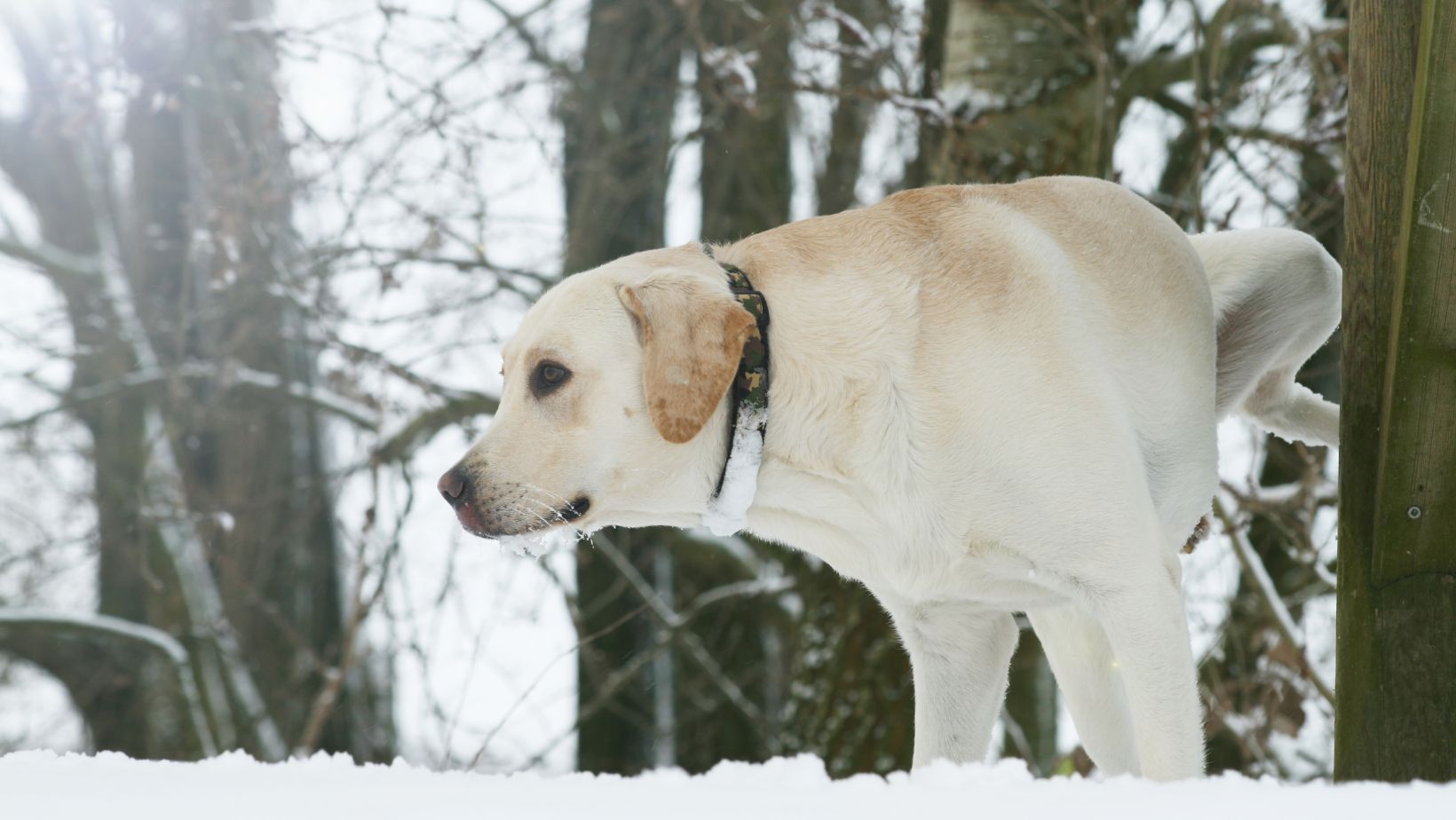How to Get Dog to Not Pull on Leash
Are you tired of your Labrador constantly pulling on the leash during walks? If so, you’re not alone. Many pet owners struggle with this common issue. But fear not, because I’m here to share some effective techniques on how to get your dog to stop pulling on the leash.
Firstly, it’s important to understand why dogs pull in the first place. Dogs are naturally curious and energetic creatures, and a walk provides them with an opportunity to explore their surroundings. However, if they haven’t been properly trained or taught leash manners, they may resort to pulling as a way to satisfy their curiosity and release pent-up energy.
Teaching Basic Obedience Commands
When it comes to training a dog, teaching basic obedience commands is an essential foundation. Whether you have a lively Labrador or any other breed, mastering these commands will help keep them safe and well-behaved on leash walks. Here are some effective strategies to get your furry friend to stop pulling on the leash:
- Start with Sit: Begin by teaching your dog the “sit” command. This command not only establishes respect but also helps in controlling their impulses during walks. Hold a treat close to their nose, then slowly raise it above their head while saying “sit.” As they follow the treat upward, their bottom will naturally lower into a sitting position. Reward them with praise and treats when they successfully sit.
- Practice Stay: The “stay” command is crucial for ensuring your dog’s safety when encountering potential hazards like busy roads or unfamiliar dogs. To teach this command, ask your dog to sit and then take a step back while showing your open palm and saying “stay.” If they remain in place for a few seconds, reward them with praise and treats before gradually increasing the duration.
- Master Loose Leash Walking: Teaching your Labrador or any energetic pup how to walk politely on a leash without pulling can be challenging but rewarding. Start by using positive reinforcement techniques such as treats and verbal praise whenever they walk beside you without tension on the leash. If they begin to pull ahead, stop walking immediately until they return to your side or loosen the tension.
- Use Positive Reinforcement: Dogs respond best to positive reinforcement rather than punishment-based methods. When training basic obedience commands, remember to reward good behavior consistently with treats, verbal praise, or even playtime as rewards can reinforce desired actions effectively.
By implementing these techniques and maintaining a positive and patient attitude, you can teach your dog to not pull on the leash during walks. Remember, each dog is unique, so adapt your training methods to suit their individual needs. Soon enough, you’ll enjoy peaceful strolls with your well-behaved and obedient Labrador by your side.
Addressing Common Mistakes in Leash Training
Leash training is an essential skill to teach your furry friend, but it’s not always a smooth journey. Many dog owners encounter common mistakes that can hinder progress and make walking your Labrador a frustrating experience. In this section, I’ll shed light on these pitfalls and provide some tips to help you overcome them.
- Lack of Consistency: One mistake often made in leash training is inconsistency. Dogs thrive on routine, so it’s important to establish consistent rules and expectations from the start. If you allow your Labrador to pull on the leash occasionally or change the rules midway, they’ll become confused and less likely to learn proper leash manners. Remember, consistency is key!
- Using the Wrong Equipment: Choosing the right equipment for leash training can make a significant difference in your dog’s behavior. While using a collar might seem like the obvious choice, consider opting for a no-pull harness instead. A harness distributes pressure more evenly across your Labrador’s body, reducing strain on their neck and making walks more comfortable for both of you.
- Pulling Back: When our dogs pull on the leash, our natural reaction is often to pull back in response. However, this only reinforces their pulling behavior as they perceive it as a game of tug-of-war. Instead of pulling back when your Labrador starts tugging, try stopping abruptly or changing direction whenever they pull ahead. This teaches them that pulling won’t get them where they want to go.
- Insufficient Exercise: A tired dog is generally a well-behaved dog! One common mistake many owners make is neglecting their Labrador’s exercise needs before going for a walk. Labs are energetic breeds that require regular physical activity to release pent-up energy before focusing on leash training exercises effectively. Prioritize providing ample exercise opportunities before embarking on leash training sessions.
By being aware of these common mistakes and implementing appropriate strategies to address them, you’ll be well on your way to achieving successful leash training with your Labrador. Remember to be patient and consistent in your efforts while providing plenty of positive reinforcement along the way. Happy walking!
